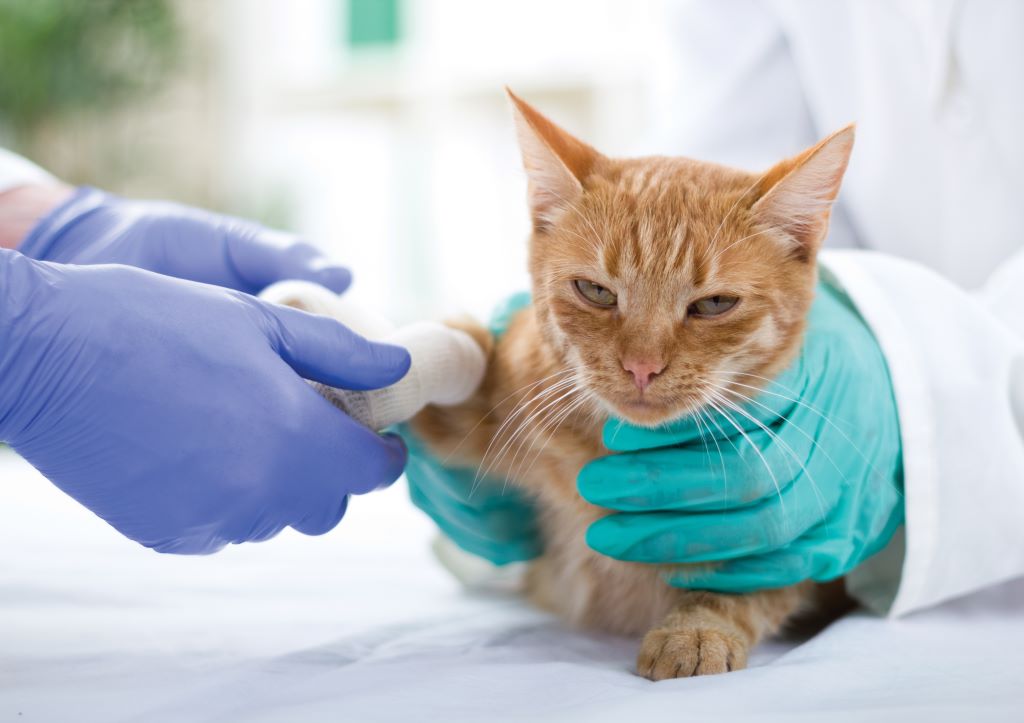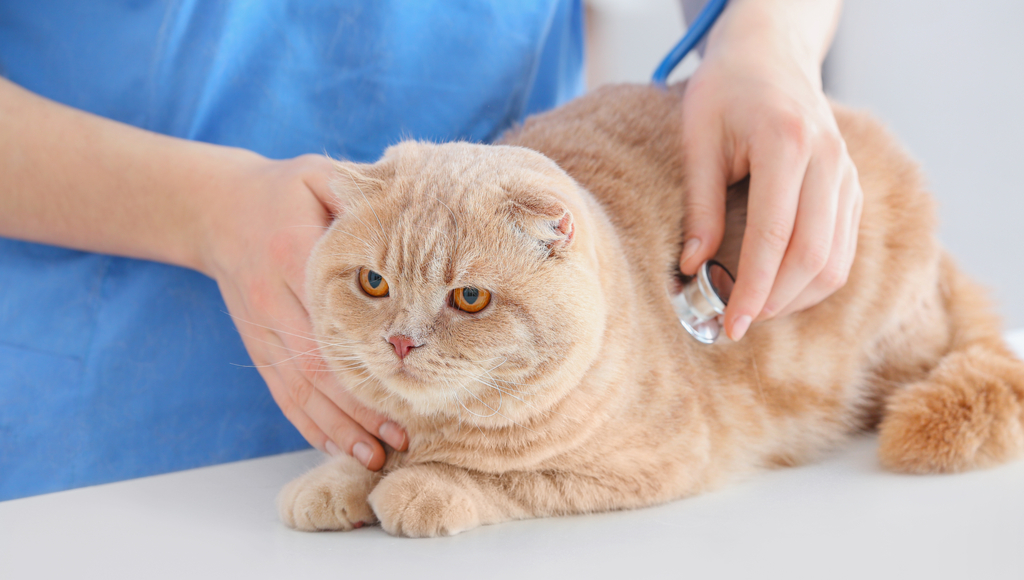What Should I Look for in Pet Insurance?
How to assess if pet insurance is the right choice for you

If you own a pet, chances are high that pet insurance companies have reached out to you via email, social media, internet ads and even through your veterinarian. The industry has averaged a yearly growth rate of 22% in the US and Canada between 2015 and 2019, according to the North American Pet Health Insurance Association. So, does that mean pet insurance is the right choice for you?
The truth is it depends. What breed is your pet? Does she have a pre-existing condition? How old is she? Do you have the money to cover an unexpected illness or accident?
Researching pet insurance can seem overwhelming, but by considering these three main things, you’ll get a good idea if it’s the way you should go.
-
The Breed of Your Pet
Certain breeds of cats and dogs are more susceptible to some ailments than others. If you have a breed with a high probability of suffering from a disease or chronic condition, pet insurance could save you a lot of money in the long run.
For instance, Persian cats are a popular breed, but also prone to health problems. Almost 65% of all Persians experience at least one disorder during their lives, according to a major study by the Royal Veterinary College and the University of Edinburgh. Their flat faces make them predisposed to breathing and digestive problems. Kidney, dental and eye diseases are also common to the breed. Treatment for conditions like these can add up over time.
For dogs, torn knee ligaments are the among the most common - and most expensive - ailments. While any dog can tear a ligament, large breeds including German shepherds, Newfoundlands and retrievers are more prone. Small dogs, however, are more likely to suffer from a dislocated knee. According to the Orthopedic Foundation for Animals, 43% of Pomeranians experience this condition.
Researching the potential health issues your pet may face and the cost of addressing them will help you determine the financial sense of pet insurance.
-
What's (Not) Covered
No pet insurance policy will cover a pre-existing condition. For instance, if your vet has diagnosed your pet with seasonal allergies in the past, any future testing, treatment, or medication for the condition would not be covered by insurance. Some insurers will consider a condition "new" if your pet has been symptom-free for a certain length of time.
You need to look deeper into the coverage, however, to be sure you're getting your money's worth. For instance, is dental covered? What about exam fees? Preventive care (including vaccines)? Some plans won't cover certain procedures at all, while some may cover them at a higher premium cost.
Another factor is the annual and lifetime maximums the plan will pay. Many providers offer higher annual limits for a higher premium. Some may even offer unlimited annual and lifetime payouts. These maximums may not matter when your pet is young, but as your pet ages, you could find that she needs monthly medications, or she may become afflicted with a long-term condition. Of course, accidents and illnesses can occur at any age. Have you ever known a dog to eat something he shouldn't and it became lodged in his stomach or intestines? That can cost anywhere from $1,500 to $2,000 to remove.
Always review the policy before enrolling to understand full coverage details.
-
Out-of-Pocket Costs
Common services such as exam fees, annual vaccinations, dental cleanings, and heartworm medication often are not covered by pet insurance policies. If you're bringing home your first pet, request a list of these fees from local veterinarians. If you already have a pet, refer to previous vet bills for these charges. You'll need this information to determine your out-of-pocket costs.
In addition to services not covered, you need to add in the monthly premium, the annual deductible, and estimate the percentage that you'll be responsible for even after the insurance company pays their portion. For instance, your plan may pay 80% of covered expenses after your deductible is met, meaning you are still on the hook for 20% of the procedure or treatment. These percentages will vary by plan and according to the monthly premium you pay.
All of these factor into your overall annual pet care costs.
What Now?
What do you do with this information now that you've assembled it? With these considerations, you can create a fairly accurate picture of your annual costs with and without pet insurance.
If your cat or dog is young, healthy and only goes to the vet for routine care and vaccinations, you may find that a policy would cost more than you spend in a year for your pet's care. However, if your budget allows, the peace of mind a policy can provide should the unexpected happen may be worth it. Re-examine your situation after a year and see if you have the right plan, or if you need one at all.
If you're anticipating a chronic condition as your pet ages, getting coverage now could save you money in the long run. Remember, you can go with a low monthly premium-low annual payout plan now and switch to a higher cost-higher coverage plan later. Just do it before your pet has a pre-existing condition.
Whether you decide to get pet insurance or not, Pet Assure is another consideration for any pet parent. Unlike insurance plans, Pet Assure applies to all in-house medical services, including vaccinations, dental procedures, and preventive care. Pet Assure provides a 25% discount on all services at participating vets. You just present your card when paying and see instant savings. There are no exclusions and no limitations. This may be all you need to cut your veterinary costs, or you may want to use it in conjunction with an insurance plan.
Ready to start saving money on pet wellness care?
Then take a look at Mint Wellness, the pet wellness plan that provides fast reimbursement on routine pet care. Save on vaccinations, wellness exams, preventatives, dental, and more!
Learn More


